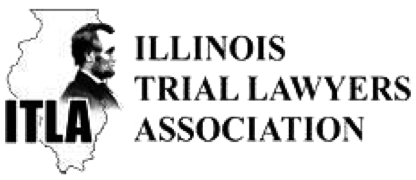Brachial Plexus injuries occur during childbirth and are the result of a condition known as shoulder dystocia. Damage to the upper plexus can cause brachial plexus palsy (also known as Erb’s palsy). Damage to the lower plexus can cause a condition known as Klumpke’s palsy. Brachial plexus birth injuries are often the result of negligence and medical malpractice. However, these cases can be very challenging to pursue because of the time that may have elapsed, and all the complicating factors involved. If your child has suffered any type of birth injury, it is important to have experienced representation from medical malpractice attorneys with a strong track record of success in this area of the law.
The brachial plexus is a series of nerve fibers that transmit signals from the spinal column through the neck to the shoulders, arms and hands. Injuries to the brachial plexus at birth can result from shoulder trauma or inflammation. One common scenario is when the baby’s shoulders are too large to fit through the birth canal and become stuck. This can cause a number of birth injuries, such as a broken arm or severe nerve damage. There are two common types of brachial plexus injuries:
- Erb’s Palsy: Brachial plexus (or Erb’s) palsy refers to an injury to the nerves in the upper plexus that control the shoulders and arms. This condition often occurs when the doctor or midwife applies too much pressure to the baby’s head during delivery. This pressure can lead to nerve injuries such as ruptures, stretches and avulsions. Erb’s palsy can lead to total or partial paralysis in the affected areas.
- Klumpke’s Palsy: This refers to damage to the nerves in the lower plexus that control the hands, wrists and forearms. This can happen when the baby’s arms become hyperextended during delivery. For example, when a newborn is delivered in a breech position (feet first), there is a higher risk of this kind of hyperextension. Klumpke’s palsy is also known as Klumpke’s paralysis because it causes full or partial paralysis to the affected areas.
Certain factors can heighten the risk of brachial plexus injuries; these include prior pregnancy difficulties, excessive weight gain during the pregnancy, maternal obesity, glucose intolerance and abnormal pelvic shape or size. These injuries can most often be prevented if medical practitioner properly assesses the risks and takes necessary measures to effectively minimize them.
Brachial plexus injuries are not always apparent immediately following childbirth. There are instances when the symptoms do not appear until several years later. This can make it difficult to go back and gather all the facts to find out exactly what caused the injury. At Hurley McKenna & Mertz, P.C., we have successfully represented families affected by birth injury cases for over two decades. If your child is suffering from Erb’s palsy, Klumpke’s palsy or another type of birth injury, contact the experienced Chicago brachial plexus injury lawyers at HM&M today for a free consultation. We will sit down with you to discuss your case and the best way forward to recover just compensation for your child’s injuries.
For a free consultation, contact Hurley McKenna & Mertz, P.C. today at 312-553-4900 or fill out our online form to have a lawyer contact you.
Get Birth Injury Resources and Support
If your child suffered a serious and permanent birth injury, you’re not alone. Download our free birth injury ebook, where we share the resources that have helped our many clients support their families after the unthinkable. It also lists top support groups, de-mystifies medical jargon, and explains how to know when it’s time to seek justice through legal action.







